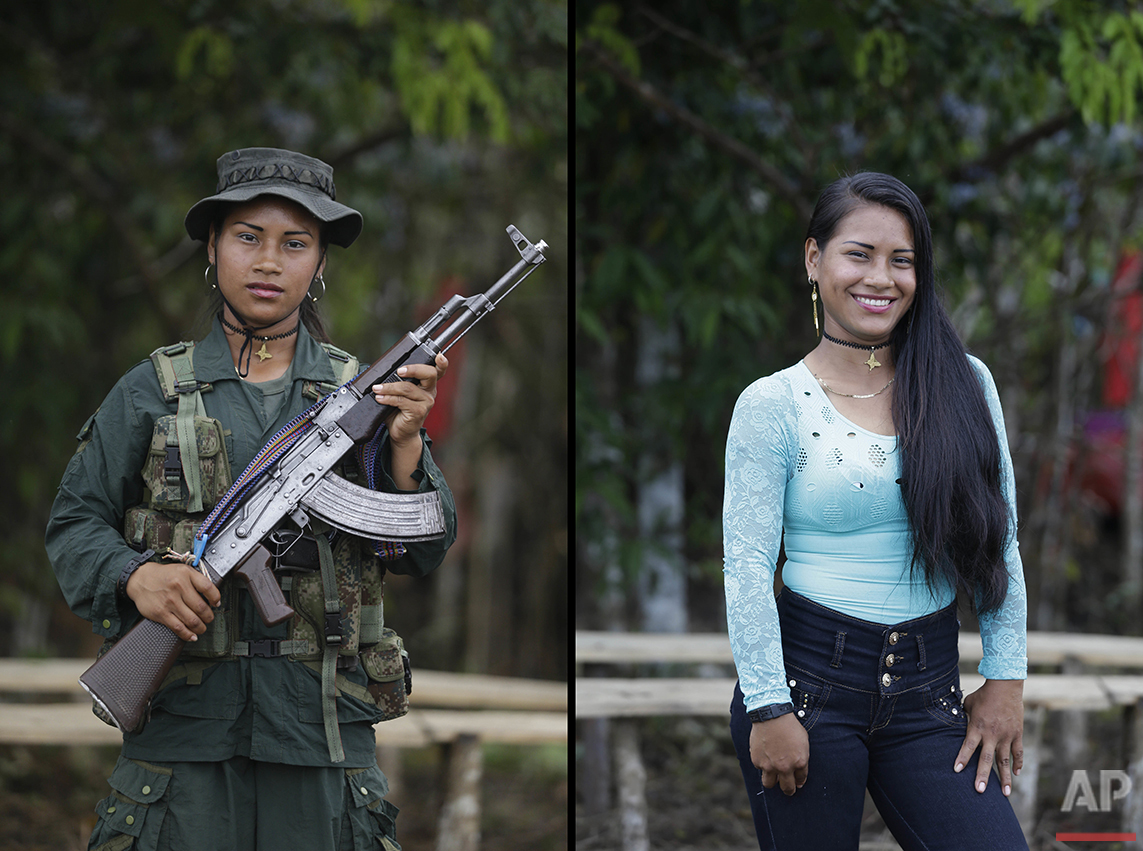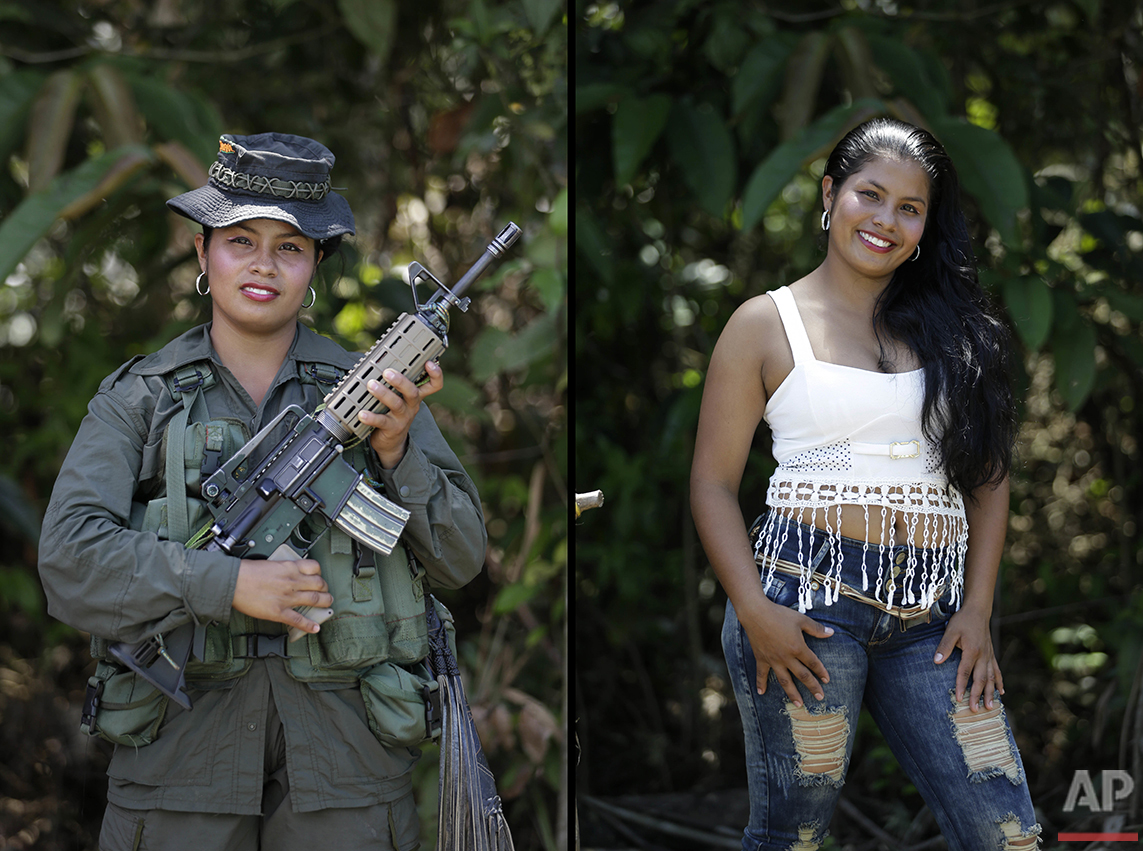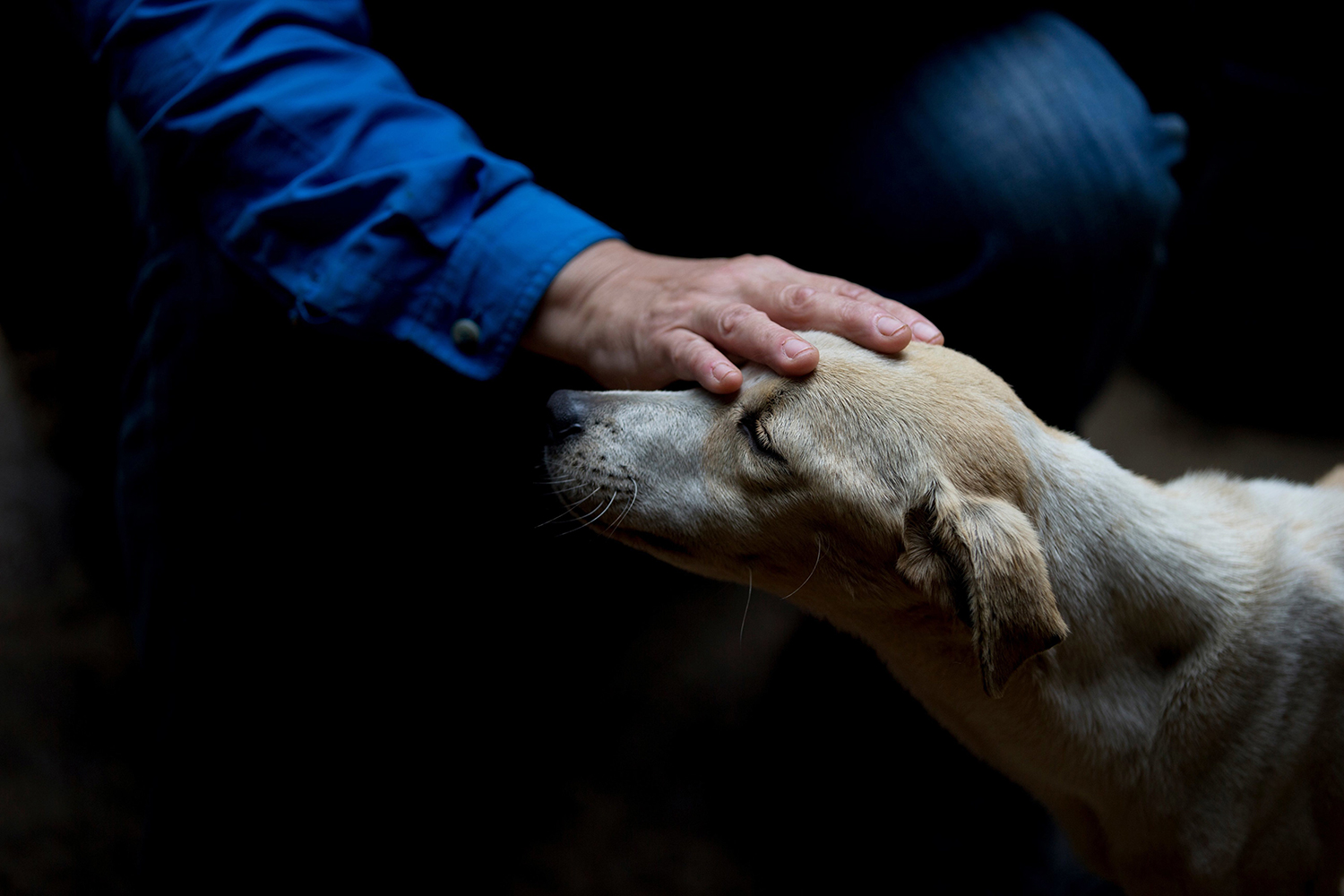Colombia's Rebel Portraits

Traveling deep inside the jungle after a daylong boat journey, I arrived with trepidation and mistrust at the secret camp of the Revolutionary Armed Forces of Colombia.
As a Colombian photojournalist, I was raised in a modest farming family to despise the rebels my relatives characterized as killers. But watching the guerrillas of the FARC's southern bloc go about their daily routine as they prepared for peace I began to see them as regular people like myself and I decided to photograph them both in their uniforms and then in their civilian attire to show their more human side.
Under an accord reached last month by the government and FARC leaders, a cease-fire has taken effect and a national referendum will be held Oct. 2 to give voters the chance to approve the deal for ending a half-century of political violence that has killed more than 220,000 people and driven more than 5 million from their homes.
During a visit to their secret camp, I photographed rebels of both genders from the FARC’s 48th Front and several other rebel units. I asked each one their age, number of years in the FARC and aspirations for the future.
Setting aside heavy assault rifles and camouflaged uniforms to put on street clothes, the men looked virtually the same. But the women were transformed.
Many said they were 18 but some looked younger. Many also confided that they joined the FARC years before. That meant many were recruited as minors, a human rights violation that is sadly among many that Colombia's long conflict has produced.
If the conversations seemed scripted — the male commanders chose which women I could photograph — the pictures were anything but. The women laughed, smiled and grabbed nervously at the edges of unfamiliar street clothes. Many had never been photographed in any formal way and the experience recalled my own youth as a studio photographer in Bogota taking portraits for high school graduations and ID cards.
After spending their youth fighting a futile war, the rebels are now eager to make up for the lost time. One young woman hadn't even finished elementary school.
It was very different than the last time I entered a guerrilla camp more than a decade ago. The rebels then were guarded, more dogmatic.
Today, Colombians still say overwhelmingly in polls that they dislike the rebels. FARC members have responded by trying to project a softer image during their transition into a political movement.
On my recent visit, the guerrillas were focused on their future lives under the peace deal reached last month after four years of negotiations. One rebel was even learning how to play guitar with instruction from the internet.
When I left after a week, I told the rebels I'd see them soon. It was a throwaway phrase, the sort of thing you say when you're at a loss for words.
The next time, one said, you may not recognize us because we'll be dressed just like you.
Text from AP news story, AP PHOTOS: In Colombia jungle, rebels prepare for peace by Fernando Vergara.
Follow photographer Fernando Vergara
See these photos on APImages.com
Follow AP photographers on Twitter: http://twitter.com/AP/lists/ap-photographers
Written content on this site is not created by the editorial department of AP, unless otherwise noted.














